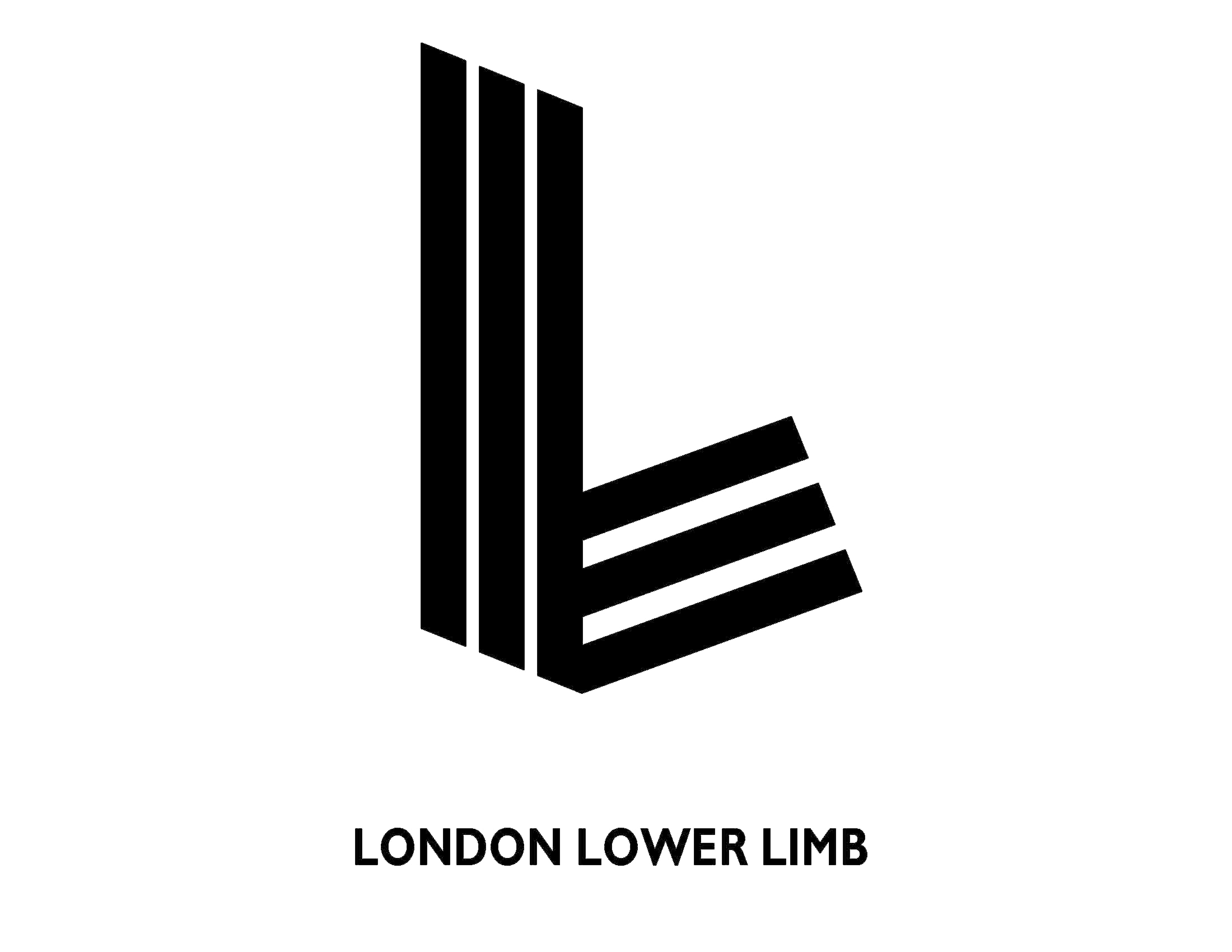Hip arthritis
The hip is best described as a “ball-and-socket” joint, where the “ball” (femoral head) is the most proximal part of the thigh bone and the “socket” (acetabulum) is part of the pelvis. In the healthy hip, the acetabulum and femoral head are covered by articular cartilage which allows for a near-frictionless, pain-free movement.
Hip arthritis is the condition where the articular cartilage is worn out or damaged, leaving the bone surfaces of the acetabulum and femoral head exposed. This can occur due to a variety of underlying conditions, such as osteoarthritis, inflammatory arthritis, traumatic injuries or underlying anatomic irregularities (eg hip dysplasia).
People with hip arthritis may experience pain in the groin and stiffness. The pain may affect them during activities but can also be present at rest or even disturb their sleep at night. They may also feel that the pain “travels” distally to the knee, or to the buttock and sometimes to the side of the hip. They may experience a gradual deterioration in function and difficulties performing daily activities, such as tying their shoelaces.
Treatments for hip arthritis
Kostas will thoroughly assess your condition and individual requirements and discuss the appropriate treatment options. These may be surgical or non-surgical.
Non-surgical treatments for hip arthritis
Activity modification, pain relief medication, hip injections, off-loading the lower limb using a walking aid, physiotherapy and weight loss are the main non-surgical options for the treatment of symptomatic hip arthritis. They can be utilised in isolation or combined and can be effective in addressing the symptoms but will not alter the actual condition.
Hip replacement surgery
If the non-operative management has failed to address the symptoms, surgery should be considered. Hip replacement surgery (total hip replacement or hip resurfacing) is the gold-standard surgical option and involves the removal of the damaged parts of the hip joint, which are replaced by prostheses (implants).
Hip replacement surgery is very successful in addressing hip pain and stiffness. All the units that Kostas works with have well-established protocols that can deliver safe perioperative care. Kostas will explain all the benefits and risks associated with this treatment and will answer any relevant questions well in advance of the procedure itself. After the surgery, most patients will stay in hospital for one or two nights and will then continue their rehabilitation outside the hospital for 6 to 8 weeks.
Non-Arthritic Hip Pain
Pain across the hip may originate from the hip joint (intra-articular), from anatomical structures associated with the hip joint (extra-articular, hip related), or from anatomical structures not directly associated with the hip joint that cause referred pain to the hip (extra-articular, referred to the hip). Identifying the condition that causes the symptoms may be challenging and might involve advanced imaging and diagnostic injections. Kostas will explain the rationale for all the relevant investigations and will offer treatment options based on individual circumstances.

